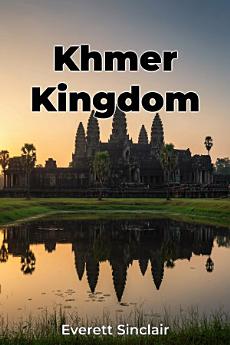Khmer Kingdom
Mar 2025 · Publifye AS
Ebook
58
Pages
family_home
Eligible
info
reportRatings and reviews aren’t verified Learn More
About this ebook
The "Khmer Kingdom" explores the fascinating story of the Khmer Empire, a dominant force in Southeast Asia renowned for its architectural prowess and sophisticated socio-political structures. The book traces the empire's rise, highlighting the construction of Angkor Wat, a testament to their advanced engineering and artistic skills, and examines the factors contributing to its eventual decline. This book uniquely integrates historical narratives with recent scholarship and interdisciplinary connections to provide a comprehensive understanding of this ancient civilization.
The book argues that the Khmer Empire's success stemmed from its innovative water management systems and agricultural productivity, which allowed it to exert influence over a vast region. However, these very systems, along with a rigid social hierarchy, ultimately made the empire vulnerable to environmental changes, external invasions, and internal strife.
Delving into archaeology, epigraphic inscriptions, and contemporary accounts, the book progresses chronologically, from the empire's geographical setting and early kingdoms to the reigns of key monarchs and the factors leading to its decline, offering insights into the rediscovery and preservation of Angkor.
Rate this ebook
Tell us what you think.
Reading information
Smartphones and tablets
Install the Google Play Books app for Android and iPad/iPhone. It syncs automatically with your account and allows you to read online or offline wherever you are.
Laptops and computers
You can listen to audiobooks purchased on Google Play using your computer's web browser.
eReaders and other devices
To read on e-ink devices like Kobo eReaders, you'll need to download a file and transfer it to your device. Follow the detailed Help Center instructions to transfer the files to supported eReaders.








